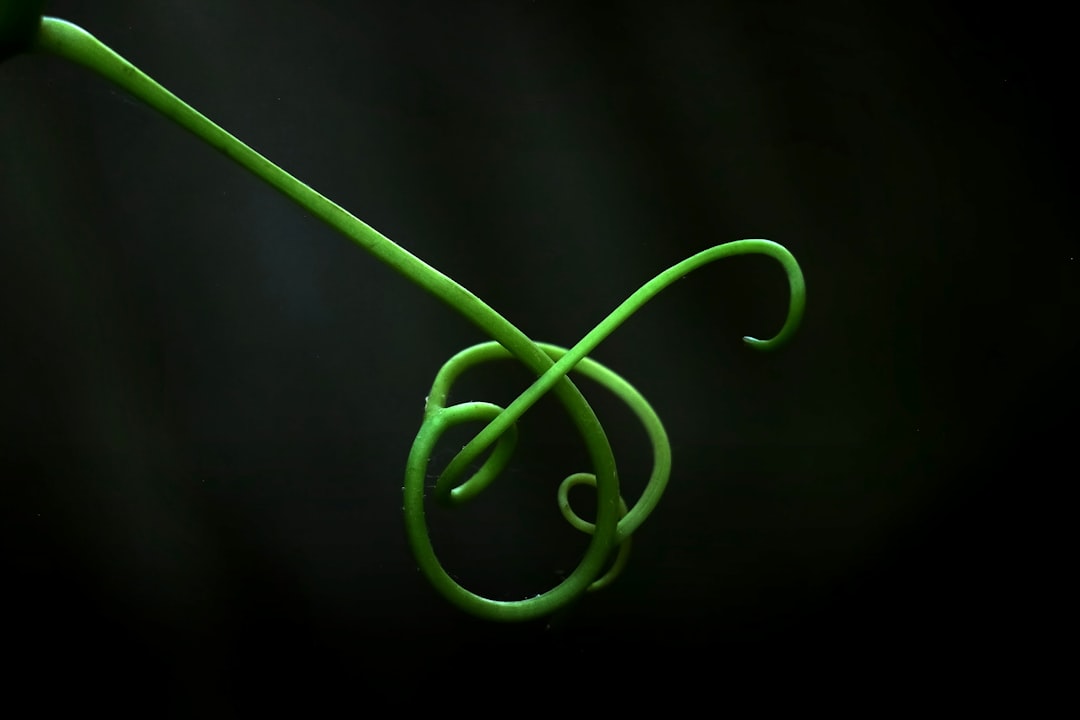The Secret to a Summer Full of Gorgeous Dahlia Blooms

Flowers have a unique way of brightening up our lives, and dahlias are no exception. These stunning perennials can transform any garden into a vibrant oasis. In this step - by - step guide, we'll explore how to plant dahlia tubers correctly so that you can enjoy their gorgeous flowers throughout the summer.
First and foremost, it's essential to understand what dahlia tubers are. Dahlia tubers are the underground storage organs of the dahlia plant. They look like a cluster of fat, finger - shaped roots. Each tuber has an 'eye,' which is a small bud from which the new plant will grow. Just like a little seed of hope, these eyes hold the potential for a beautiful dahlia plant.
When it comes to choosing the right time to plant dahlia tubers, timing is crucial. Dahlia tubers are sensitive to cold temperatures. You should wait until all danger of frost has passed in your area. In most regions, this means planting them in the spring, usually around late April or early May. However, if you live in a warmer climate, you might be able to plant them a bit earlier.
Selecting the perfect location for your dahlia tubers is another key factor. Dahlias love sunlight. They need at least 6 - 8 hours of direct sunlight per day to thrive. Find a spot in your garden that gets plenty of sun, but also has well - drained soil. Poorly drained soil can lead to root rot, which is a death sentence for your dahlia plants. If your soil is heavy clay, you can improve its drainage by adding organic matter such as compost or well - rotted manure.
Now, let's move on to the actual planting process. Start by preparing the soil. Dig a hole that is about 6 - 8 inches deep and wide enough to comfortably fit the tuber. Place the tuber in the hole with the eye facing up. The eye is the small, bumpy part from which the stem will emerge. Cover the tuber with soil, but don't pack it down too tightly. You want the soil to be loose enough for the roots to grow easily.
Spacing is also important when planting dahlia tubers. Different varieties of dahlias have different mature sizes. As a general rule, space the tubers about 18 - 24 inches apart. This gives each plant enough room to grow and spread without competing for nutrients and sunlight.
Once you've planted the tubers, it's time to water them. Give them a good, deep watering right after planting. This helps to settle the soil around the tuber and provides the initial moisture that the plant needs to start growing. After that, keep the soil consistently moist but not waterlogged. Overwatering can be just as harmful as underwatering.
As the dahlia plants start to grow, they will need some support. Dahlias can grow quite tall, and their heavy blooms can cause the stems to bend or break. You can use stakes or cages to support the plants. Insert the stakes into the ground near the plants when they are still young, and then tie the stems to the stakes as they grow taller.
Fertilizing your dahlia plants is also an important part of their care. Use a balanced fertilizer, such as a 10 - 10 - 10 formula, every few weeks during the growing season. This provides the necessary nutrients for healthy growth and abundant blooms. However, be careful not to over - fertilize, as this can lead to excessive foliage growth at the expense of flowers.
Throughout the summer, you'll need to keep an eye out for pests and diseases. Common pests that can affect dahlias include aphids, slugs, and snails. You can use natural or chemical pest control methods to deal with these problems. Diseases such as powdery mildew and botrytis can also be an issue. Make sure to keep the plants well - ventilated and remove any infected leaves or flowers promptly.
Deadheading is another important task. As the dahlia flowers start to fade, remove them from the plant. This encourages the plant to produce more flowers. Simply snip off the spent flower just below the base of the bloom.
In conclusion, planting dahlia tubers correctly is not as difficult as it might seem. By following these simple steps - choosing the right time, location, and providing proper care - you can enjoy a summer full of gorgeous dahlia flowers. So, roll up your sleeves, get out into the garden, and start planting those dahlia tubers. Your garden will thank you with a riot of color and beauty.